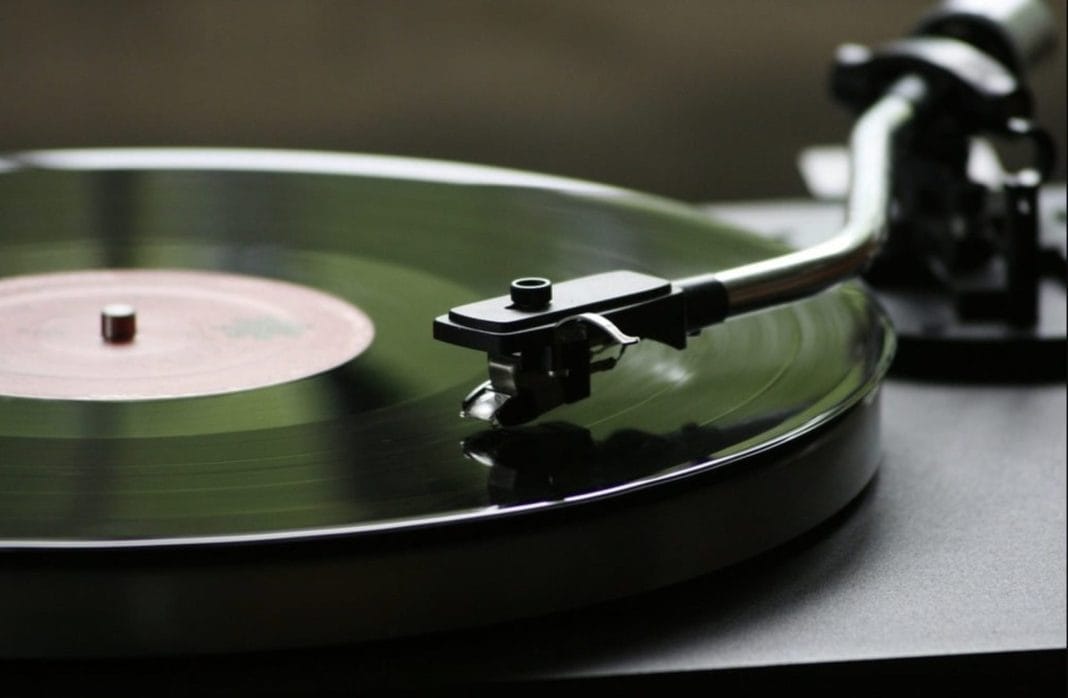The album, once the definitive artistic statement in music, is being increasingly overshadowed by the rise of the playlist. Streaming platforms such as Spotify and Apple Music have reshaped how listeners engage with music, favouring curated, algorithm-driven playlists over full-length albums. This shift prioritises mood and accessibility over narrative cohesion, pushing artists to release single-driven songs for playlist placement rather than carefully put together albums. The emphasis on immediate engagement and shareability means that the traditional album structure, often crafted to be experienced as a singular journey is now frequently dissected into isolated tracks that can stand alone in a playlist environment. In an era where music consumption is dictated by convenience and instant gratification, the album’s role as a complete artistic statement is being challenged more than ever before.
2025 has already witnessed new mainstream albums from the likes of Bad Bunny, The Weeknd, and Central Cee, with their successes likely dissected in streaming figures, TikTok trends, and playlist placements rather than the traditional sense of album appreciation. Central Cee, despite first releasing music in 2015, only just released his debut studio album, ‘Can’t Rush Greatness.’ A leader in UK rap, he has built his brand not on album storytelling, but on viral singles and quick hit collaborations that feed into Spotify’s algorithmic rotations. This ability to dominate the charts can be illustrated in standalone songs such as ‘Sprinter’ or ‘BAND4BAND’, tracks that gained massive traction through social media virality, reflecting a new era in which the playlist comes first, with momentum trumping long form artistic statements.
This phenomenon is not just about how music is consumed but also how it’s made, as artists are increasingly aware of streaming algorithms that favour frequent releases over cohesive, conceptual projections. Instead of crafting a 12-track album with a clear narrative arc, many musicians now focus on singles that can land on key playlists, ensuring their music is in constant circulation. The pressures of maintaining visibility in an oversaturated market incentivises artists to adopt a continuous-release strategy, favouring a steady stream of standalone tracks over the lengthy development of a conceptually unified album. The streaming era has also diminished the necessity for album fillers, as each song is expected to function as a self-contained hit that can thrive independently. This means that albums today, when released, often consist of a collection of potential singles rather than a meticulously structured body of work.
This narrative does not apply to all artists within the mainstream however, Kendrick Lamar’s ‘Mr Morale & The Big Steppers’ (2022) and his recent ‘GNX’ (2024) defied the bite size streaming culture, as he delivered dense, introspective albums that demanded full attention. Lamar’s music, rich with intricate lyricism and conceptual depth, is designed to be absorbed holistically rather than consumed piecemeal. His continued dedication to long-form storytelling suggests that while the industry may be shifting towards singles and curated playlist experiences, there is still space for artists committed to preserving the album as a serious artistic medium. His success proving that listeners still crave immersive narratives and cohesive albums—though they may be increasingly rare.
However, even as artists attempt to preserve the sanctity of the album the reality remains that playlists dominate listening habits. The way listeners engage with music has fundamentally changed, and the biggest question is to whether the album will survive as a cohesive body of work, or are we witnessing the permanent rise of the playlist as the dominant mode of music consumption? While some artists may continue to push back against the trend, the overwhelming commercial success of playlist-friendly music suggests that the industry’s trajectory is unlikely to reverse. The album may not disappear entirely, but its role as the primary vessel for artistic expression in popular music is undoubtedly under threat.


